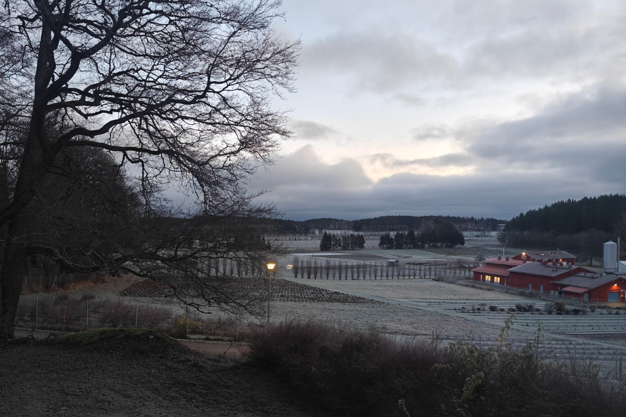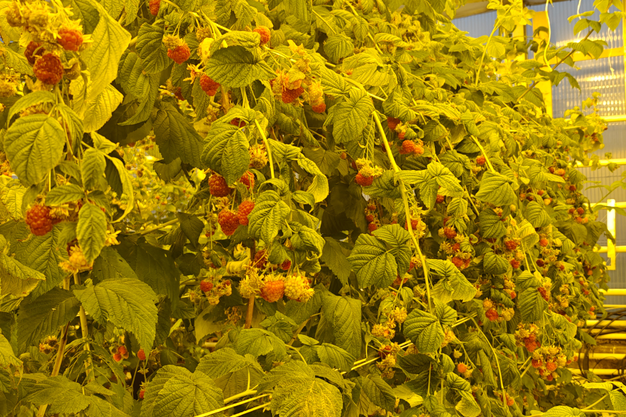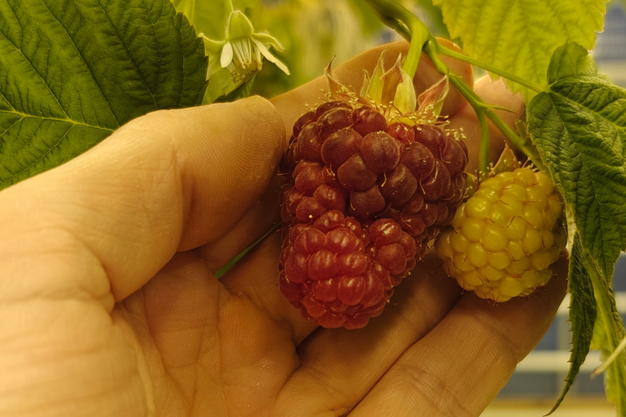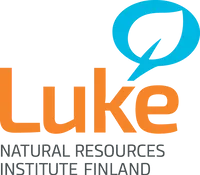Finland has always relied on imported fresh berries to meet increasing consumer demand outside the summer season. Nearly half of all fresh raspberries, a market worth €17 million annually, comes from warmer climates like Morocco and Portugal.
Long winters, with little to no natural daylight, create a considerable challenge for fresh berry cultivation. However, early trials at Natural Research Institute Finland (Luke) Piikkiö suggest that raspberries can thrive under controlled conditions, producing high yields with excellent fruit quality.
A research project led by Tuomo Laine, a horticulture specialist at Luke Piikkiö research station and a doctoral researcher at the University of Helsinki doctoral programme in sustainable use of renewable natural resources, aims to make year-round raspberry production in Finland a reality. "I am particularly excited to work with Professor Timo Hytönen, who has greatly inspired my academic journey by his group's strawberry research and who recently started research in raspberries," says Laine.
"We are not just trying to extend the growing season; we are aiming for full-year cultivation," he says. "Unlike strawberries and blackberries, which can be produced off-season in artificially controlled environments, raspberries are still a challenge. Our research aims to understand in which terms they grow successfully in winter."  © Tuomo Laine
© Tuomo Laine
Selecting the right plant material
One of the obstacles to year-round production is plant dormancy. Typically, raspberry plants used in commercial cultivation are chilled in cold storage before they are ready to grow. The plants are usually sourced from the Netherlands, stored through winter, and then shipped to Finnish growers in spring.
"This approach is not sustainable for our winter production," says Laine. "We will need plant material that does not rely on current practices but can instead be optimized for a year-round system."
Light strategies for a sunless winter
With zero daylight hours at times during winter, artificial lighting is essential. However, raspberries are light-hungry plants, requiring high light intensities of around 500 μmol/m²/s, which is a level significantly higher than what is typically used for crops like lettuce or herbs in vertical farms.
"Light quality and quantity are absolutely critical," says Laine. "In our pre-experiments, we significantly increased light intensity, and the results were promising. However, the exact spectrum and intensity needed for optimal growth are still being studied."
"We know that raspberries respond well to high-intensity light, but we need to work on refining the spectrum," says Laine. "This will have a direct impact on fruit quality, energy costs, and sustainability."
The research team is working with Greenlux-Valoya, a leading horticultural lighting company, to test different lighting strategies. The goal is to find the most energy-efficient spectrum while ensuring strong plant growth, fruit set, and fruit quality.  © Tuomo Laine
© Tuomo Laine
Climate control and resource management
Unlike summer production, where plants are subject to shifting outdoor temperatures, indoor farming provides complete climate control. This offers an unexpected advantage:
"In winter, we can control the environment for healthy plant growth," says Laine. "By managing the climate, we can achieve higher quality yields than in traditional summer production."
Fine-tuning these environmental conditions is an ongoing challenge. Besides cold storage and light quality strategies, irrigation and fertigation recipes are also being tested to optimize plant health and productivity. "We will collaborate with Yara Finland in this regard."  © Tuomo Laine
© Tuomo Laine
Sustainable substrates and peat-free growing media
A key focus of Laine's project is sustainability. The team is working with Fibergrow Norway to explore peat-free substrate for raspberry cultivation. Peat extraction is environmentally taxing, and transitioning to fiber-based, renewable growing media aligns with Finland's commitment to sustainable agriculture.
"Peat usage is a topical concern in horticulture," Laine explains. "Today's goal is to find an alternative that is not only environmentally friendly but also supports strong root development and plant health."  © Tuomo Laine
© Tuomo Laine
Encouraging early results, but is it profitable?
"Our early trials showed that greenhouse-grown raspberries in winter could potentially outperform summer production in terms of yield quality and consistency. Right now, our priority is to determine whether these methods are both scientifically and agronomically viable. Once we have solid data, we can look at commercial scalability and cost-effectiveness."
"One of the largest berries we harvested during the pre-experiment in winter weighed 15.9 grams, which is also promising," says Laine.
Energy consumption is a concern because indoor production relies heavily on high-intensity lighting and climate control, both of which require significant power. "If energy costs make production too expensive, then local year-round raspberries won't be commercially viable," says Laine. "This is why we will also measure photosynthetic source-sink effects with advanced imaging methods to improve efficiency and sustainability."
Despite these challenges, Laine is optimistic. Finland has one of the most productive greenhouse sectors in the world, with large-scale tomato and cucumber production proving that controlled environment agriculture can be successful in the northern climate.  © Tuomo Laine
© Tuomo Laine
Future research and scaling up
The next phase of his research will officially begin in autumn 2025, with larger-scale experiments testing novel lighting, plant material selection, and fertigation strategies. Industry partnerships with Greenlux-Valoya, Yara Finland, and Fibergrow Norway will play a crucial role in refining sustainable production techniques.
The studies are funded by Maiju and Yrjö Rikala Horticultural Foundation and supervised by Professor Timo Hytönen (UH), Docent Alexey Shapiguzov (Luke), and Docent Pauliina Palonen (UH).
"By the time my PhD is completed, we hope to have a clear roadmap for commercial year-round raspberry farming in the Northern climate," Laine says.
For more information:  © Luke Natural Research Institute Finland (Luke)
© Luke Natural Research Institute Finland (Luke)
Tuomo Laine
laine.tuomo@luke.fi
www.luke.fi
